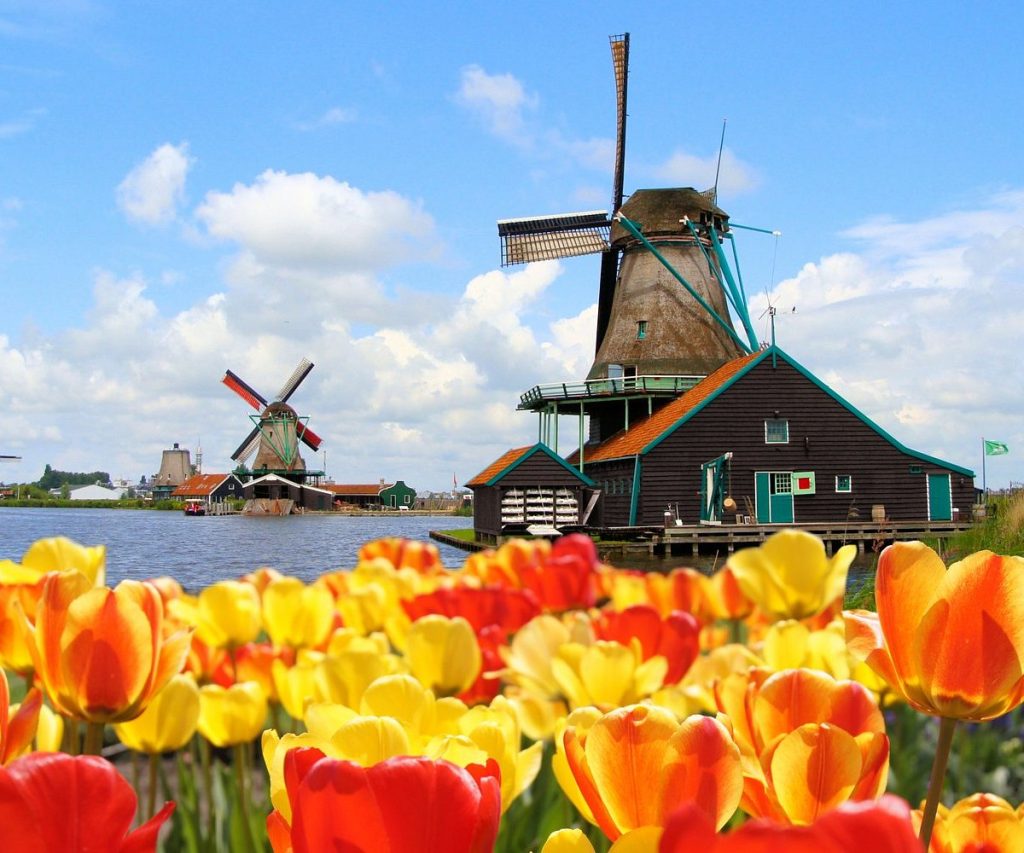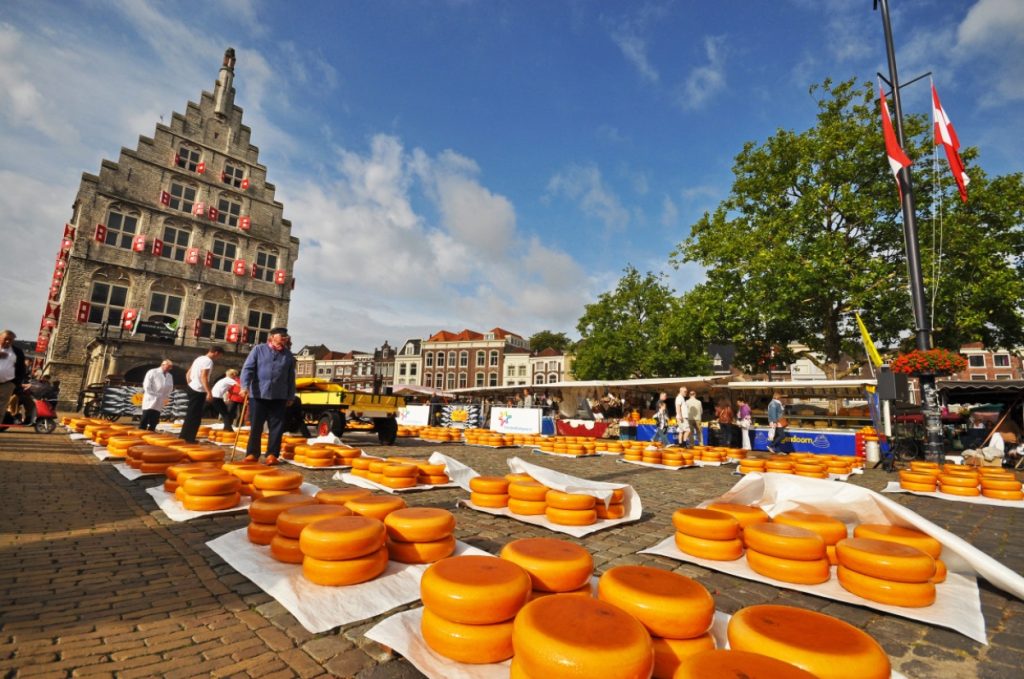Moving to another country is a significant step that requires not only careful preparation of suitcases and visa processing, but also a deep understanding of the legal aspects. Any long-term stay abroad begins with a choice between two key legal statuses: temporary residence permit (residence permit) and permanent residence (permanent residence). Both options provide an opportunity to legally live and work in a new country, but are governed by different rules.
The differences between a residence permit and permanent residence — what are they? This is not just a formality in the documents. These are fundamental differences in your rights, stability, level of responsibility and control by the state. This choice determines not only the legitimacy of your stay, but also the opportunity to build a fulfilling future without restrictions.
Differences between a residence permit and permanent residence: the legal basis
It may seem that residence permits and permanent residence provide a similar starting point — the opportunity to live and work abroad. However, their legal basis is fundamentally different: a residence permit is focused on a specific purpose of stay, whereas permanent residence emphasizes the status of a full-fledged member of society.
A residence permit is issued for a strictly defined period of time and is always linked to a specific reason: work, study, family reunification, business. Any change in these conditions may require an extension of the residence permit, a change in its type, or even cancellation. This means constant dependence on external factors and the need to regularly confirm the validity of your stay.
Permanent residence, on the contrary, frees you from such a binding. It does not depend on a specific employer or educational institution, does not require regular confirmation every few months, and is usually issued indefinitely or for a very long period with minimal conditions for renewal. Permanent residence confirms your right to be a full-fledged part of society, providing much greater freedom and stability.
Labor market opportunities: the difference between a residence permit and permanent residence
 The rights granted by each status vary greatly in their depth, and this is especially noticeable in practice. The differences between a residence permit and permanent residence are most obvious in the field of employment and social life.
The rights granted by each status vary greatly in their depth, and this is especially noticeable in practice. The differences between a residence permit and permanent residence are most obvious in the field of employment and social life.
If you have a residence permit, your opportunities in the labor market may be significantly limited. For example, a work residence permit often does not allow you to open your own sole proprietorship or engage in freelancing, while a student’s residence permit may limit or prohibit work hours altogether. Access to most social benefits and government support programs with a residence permit is also limited.
Permanent residence, on the contrary, removes these restrictions. With it, you can:
- Freely change employers without the need to re-issue documents.
- Move from one region to another without losing your status.
- Open your own business (sole proprietor, LLC, etc.) without additional permits.
- Apply for social benefits and participate in government support programs on an equal basis with the citizens of the country.
Permanent residence provides much greater flexibility and independence in professional activities.
Your status in crisis: sustainability of residence permit and permanent residence
The migration path is rarely completely smooth. Losing your job, changing your life plans, or having to move to another city can all jeopardize your temporary status. It is at such moments that the differences between a residence permit and permanent residence are especially acute.
A residence permit is a status that depends on the stability of external circumstances. If the reason for its issuance (for example, a work contract or university admission) disappears, you risk losing the right to stay in the country and being forced to leave it.
Permanent residence creates internal stability. It guarantees the preservation of your rights even in the event of a sudden change in circumstances (for example, job loss or divorce). This status protects you from having to leave the country immediately and allows you to make long-term plans: buy real estate, invest, get a mortgage, without fear for your future.
Path to citizenship and integration: differences between a residence permit and permanent residence
For many immigrants, the ultimate goal is to obtain citizenship of a new country. The path to a passport often goes through obtaining permanent residence.
The period of stay on a residence permit is rarely fully taken into account when calculating the period required for naturalization. It is often necessary to obtain permanent residence first, and only after that the countdown for obtaining citizenship begins.
The period of permanent residence is almost always taken into account without reservations when calculating the deadline for applying for citizenship. This greatly simplifies the procedure, eliminates delays, and minimizes the risk of failure. In some countries (for example, in the Netherlands or Spain) This can mean the difference between waiting 10 years and being able to apply for citizenship within 5 years of obtaining permanent residence.
Comparison of key characteristics: Residence permit vs permanent residence
For clarity, let’s present the differences between a residence permit and permanent residence in a convenient table.:
How status differences affect a migrant’s life: let’s look at examples
Formally, both statuses give the right to legal residence, but in practice, the differences between a residence permit and permanent residence form completely different life scenarios. A residence permit makes your stay dependent on external factors that can change at any time, while permanent residence gives you independence from the constant need to confirm the reason for staying in the country.
One of the most striking examples is an entrepreneur in the Netherlands. If you have a residence permit based on doing business, you will usually have to prove the economic viability of your project every year. In case of losses, a temporary decrease in income or a drop in demand, the residence permit may not be extended. Even short-term difficulties, such as market changes or rising costs, are fraught with consequences for your status. If you have permanent residence, there are no such bureaucratic obligations: your business can develop without constant bureaucratic pressure, even during unstable periods.
The second example is a family in Spain. A residence permit issued on the basis of family reunification is often linked to a specific region (autonomous region). To move to another part of the country, a new residence permit may be required, which entails additional bureaucracy and time costs. There are no such regional restrictions on permanent residence, which gives freedom to choose a place of residence and work throughout the country.
When to choose permanent residence, and when to choose a residence permit?
The right choice depends on your goals, planning horizon, and level of confidence in your future in a new country. The differences between a residence permit and permanent residence show that these statuses do not compete, but correspond to different life strategies.
If your goal is a short—term stay with the possibility of returning to your homeland, then a residence permit makes sense. It is ideal for:
- Academic training programs.
- Time-limited work contracts or internships.
- The first year of adaptation in a new country, especially in countries with relatively lenient visa conditions.
A permanent residence permit should be chosen when planning a long-term stay abroad and striving for full integration. This status is preferred for those who:
- He plans to conduct business without restrictions and bureaucratic red tape.
- He wants to provide children with access to full-fledged education on an equal basis with citizens.
- Needs stable access to medical care without restrictions.
- I intend to purchase real estate and finally gain a foothold in the country.
- Considers the possibility of naturalization and obtaining citizenship in the future.
Permanent residence removes most of the bureaucratic barriers, frees you from frequent inspections and creates space for confident long-term planning. Unlike a residence permit, it allows you to change the direction of your life (for example, change your profession or move) without the risk of losing your legal status.
If your immigration scenario involves moving the whole family, making serious investments in housing, or registering your own company, it makes sense to immediately focus on obtaining a permanent residence permit. This will save years of waiting, reduce the number of requests to immigration services and minimize dependence on short-term circumstances.
Conclusion
 The differences between a residence permit and permanent residence lie much deeper than just the validity period of the document. They determine how a person will live in a new country: temporarily, with constant consideration for conditions and restrictions, or stably, with broad prospects for the future. Making a conscious choice between these two statuses is not just a bureaucratic procedure, but a strategic decision that will affect every aspect of your life abroad.
The differences between a residence permit and permanent residence lie much deeper than just the validity period of the document. They determine how a person will live in a new country: temporarily, with constant consideration for conditions and restrictions, or stably, with broad prospects for the future. Making a conscious choice between these two statuses is not just a bureaucratic procedure, but a strategic decision that will affect every aspect of your life abroad.
 en
en  ru
ru  de
de  ar
ar  es
es  nl
nl  hi
hi  fr
fr  it
it  pt
pt  el
el 



